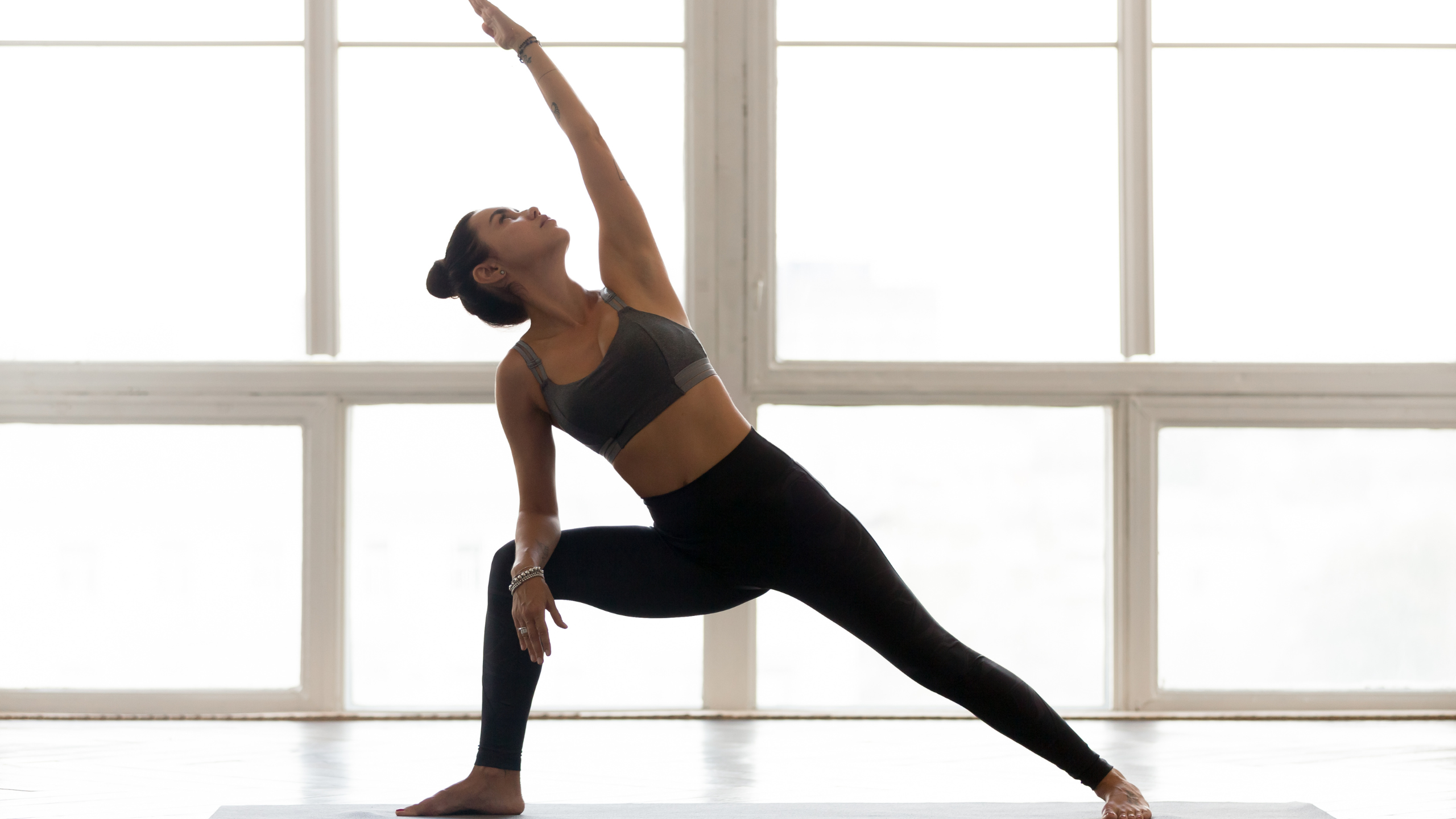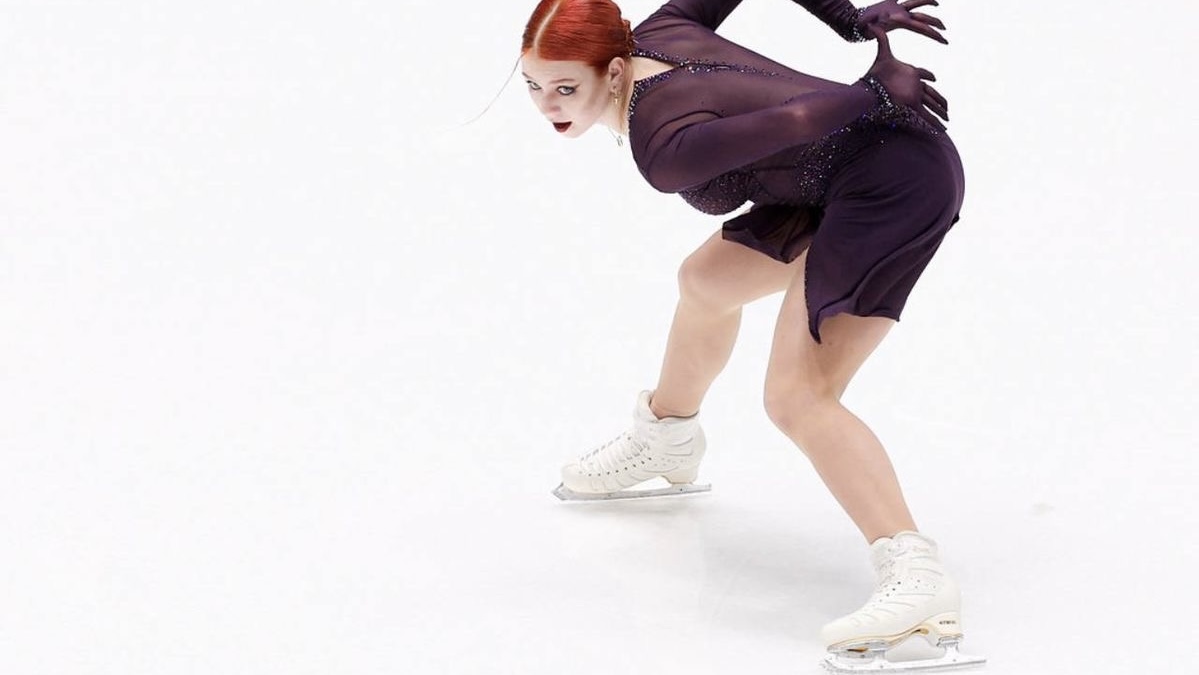January 15, 2025
Alexandra Trusova Expecting a Child
April 02, 2025

Across the globe, cultures have developed unique practices to maintain flexibility, strength, and overall well-being. From the flowing movements of Tai Chi in China to the precise poses of Indian classical dance and the modern evolution of Pilates in the West, these traditions reflect diverse philosophies about the body and its connection to the mind and spirit. While their origins and aesthetics differ, they share a common goal: keeping the body limber and resilient. Let’s explore how these practices approach flexibility and what science reveals about their benefits.
Originating in China over 700 years ago, Tai Chi is often described as “meditation in motion.” Rooted in martial arts and Taoist principles, this practice involves slow, deliberate movements paired with deep breathing. A typical sequence, like the Yang-style 24-form, includes gentle stretches such as “Wave Hands Like Clouds,” where practitioners shift their weight and extend their arms in a fluid arc. This continuous flow enhances joint mobility and muscle elasticity, particularly in the hips, spine, and shoulders.
Tai Chi’s emphasis on balance and coordination also engages the body’s proprioceptive system—the network of sensors that helps us sense our position in space. Research shows that this practice increases flexibility by lengthening muscles gradually, reducing stiffness over time. Studies indicate that regular Tai Chi practitioners exhibit improved range of motion and lower rates of joint pain, thanks to its low-impact, dynamic stretching approach.
Indian classical dance forms, such as Bharatanatyam and Kathak, date back over 2,000 years and blend storytelling with intricate physicality. These dances demand extraordinary flexibility, achieved through rigorous training that begins in childhood. In Bharatanatyam, dancers perform deep knee bends (araimandi) and wide leg stretches, holding poses that stretch the quadriceps, hamstrings, and calves. Kathak, with its rapid spins and footwork, requires ankle flexibility and core stability, honed through exercises like tatkar (rhythmic stomping).
The science behind this flexibility lies in the combination of static and dynamic stretching. Static poses build endurance in muscle fibers, while dynamic movements improve blood flow, delivering oxygen and nutrients to tissues. Studies on dancers reveal that such practices enhance muscle extensibility—the ability of muscles to lengthen without tearing—while strengthening connective tissues like tendons and ligaments, reducing injury risk.
Developed in the early 20th century by German physical trainer Joseph Pilates, this method emerged from a desire to rehabilitate injured soldiers. Pilates focuses on controlled movements, core strength, and alignment, often using equipment like the reformer to add resistance. Exercises such as the “Swan Prep” stretch the spine and chest, while “Leg Circles” target hip flexibility and stability. Unlike the flowing nature of Tai Chi or the expressive poses of Indian dance, Pilates emphasizes precision and muscle engagement.
Scientifically, Pilates boosts flexibility by activating the stretch reflex—a muscle’s natural response to lengthening. When performed consistently, these controlled stretches increase sarcomeres (the building blocks of muscle fibers), allowing muscles to extend further. Research highlights that Pilates improves spinal mobility and hamstring flexibility, particularly in adults over 40, by counteracting the natural shortening of muscles that occurs with age.
While Tai Chi, Indian classical dance, and Pilates differ in execution, their approaches to flexibility reveal cultural priorities. Tai Chi’s slow pace reflects a philosophy of harmony and patience, stretching the body gently to maintain lifelong mobility. Indian classical dance, tied to spiritual expression, pushes the limits of flexibility for artistic perfection, often starting with young practitioners to maximize range of motion. Pilates, born from Western fitness ideals, blends stretching with strength, targeting functional movement for daily life.
All three practices stretch muscles beyond their resting length, triggering physiological adaptations. Dynamic stretching, prevalent in Tai Chi and Indian dance, enhances muscle elasticity by warming tissues and boosting circulation. Static stretching, a staple in Pilates and some dance poses, lengthens muscles over time by reducing tension in the muscle-tendon unit. Science shows that combining these methods—moving then holding—optimizes flexibility gains, as it engages both fast-twitch and slow-twitch muscle fibers.
Flexibility isn’t just about aesthetics; it’s a cornerstone of health. When muscles stretch, they activate mechanoreceptors—sensory organs in muscles and joints—that signal the nervous system to relax tight fibers. This process, called autogenic inhibition, prevents overstretching and injury. Over time, consistent stretching increases collagen alignment in connective tissues, making them more pliable. Studies suggest that flexible muscles and joints improve posture, reduce arthritis symptoms, and enhance athletic performance by allowing greater movement efficiency.
Culturally, these practices also tap into the mind-body connection. Tai Chi’s meditative flow lowers cortisol levels, easing muscle tension. The discipline of Indian dance fosters focus, which studies link to better motor control and flexibility retention. Pilates’ emphasis on breath and alignment boosts oxygen delivery to muscles, amplifying stretch benefits. Together, these traditions prove that flexibility is as much mental as it is physical.
From Asia to Europe and beyond, stretching practices like Tai Chi, Indian classical dance, and Pilates showcase humanity’s ingenuity in keeping the body agile. Whether through the graceful arcs of a Tai Chi master, the poised elegance of a Bharatanatyam dancer, or the controlled strength of a Pilates enthusiast, these traditions offer lessons in flexibility that transcend borders. Science confirms what these cultures have long known: moving with intention keeps us limber, strong, and connected to the world around us.
By Vitalina Andrushchenko, Staff Writer

January 15, 2025
Alexandra Trusova Expecting a Child

October 28, 2024
Thompson Blasts NHL’s Hardest Shot in 4 Seasons!

December 26, 2024
2025 World Junior Championship Schedule